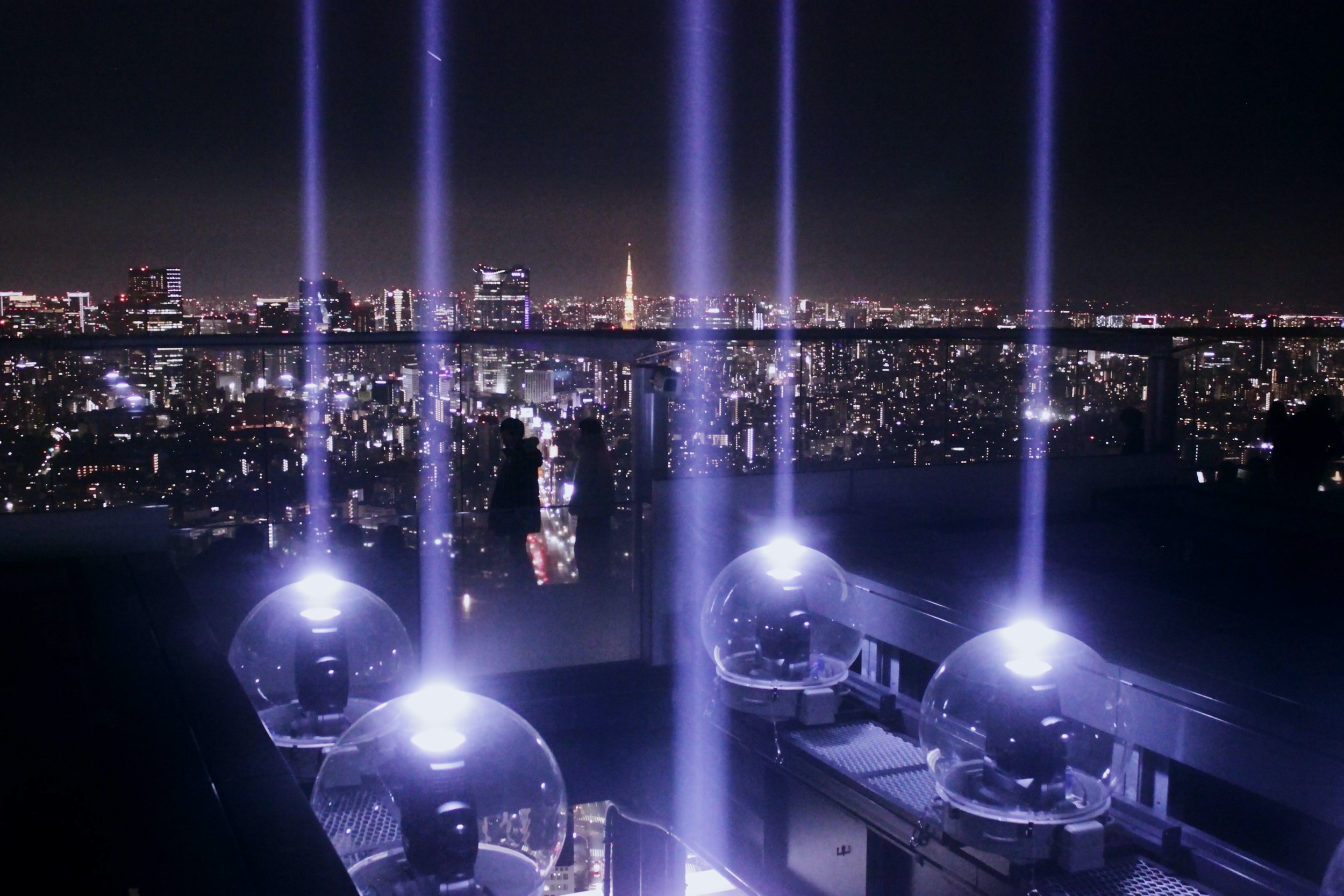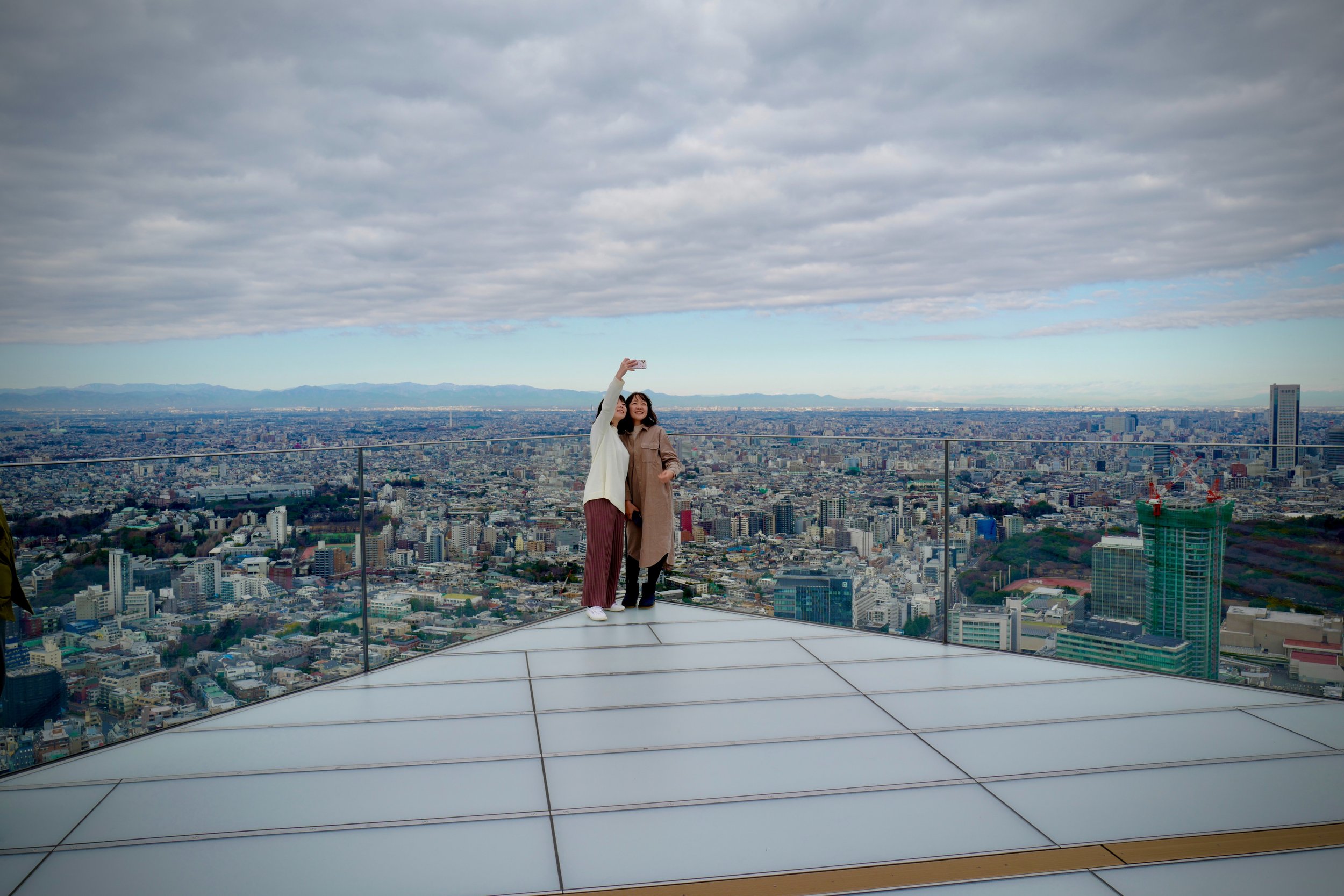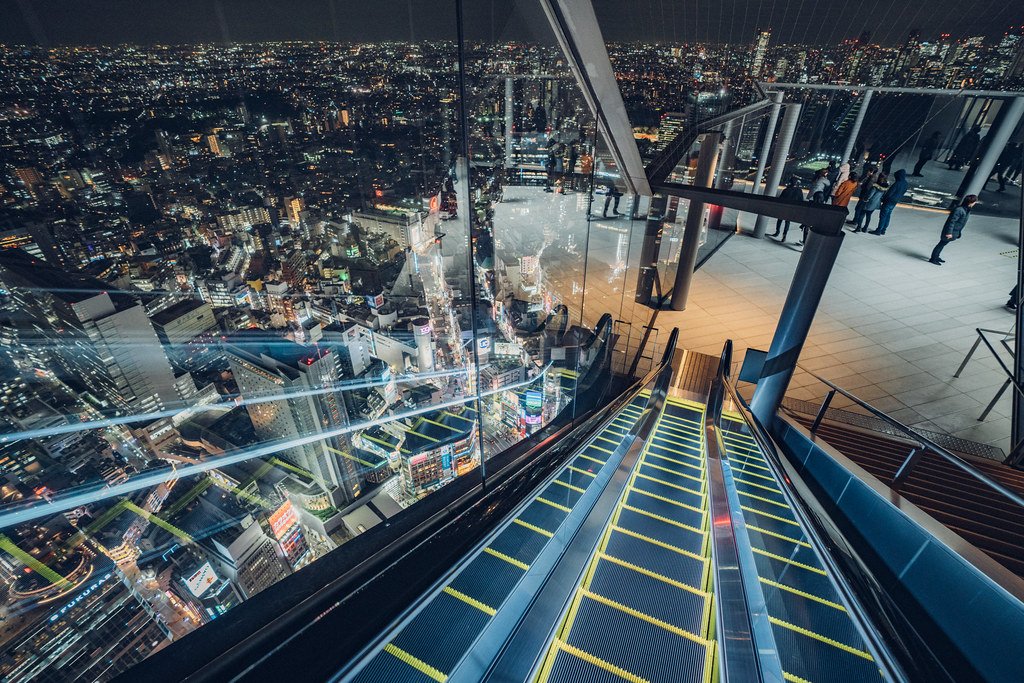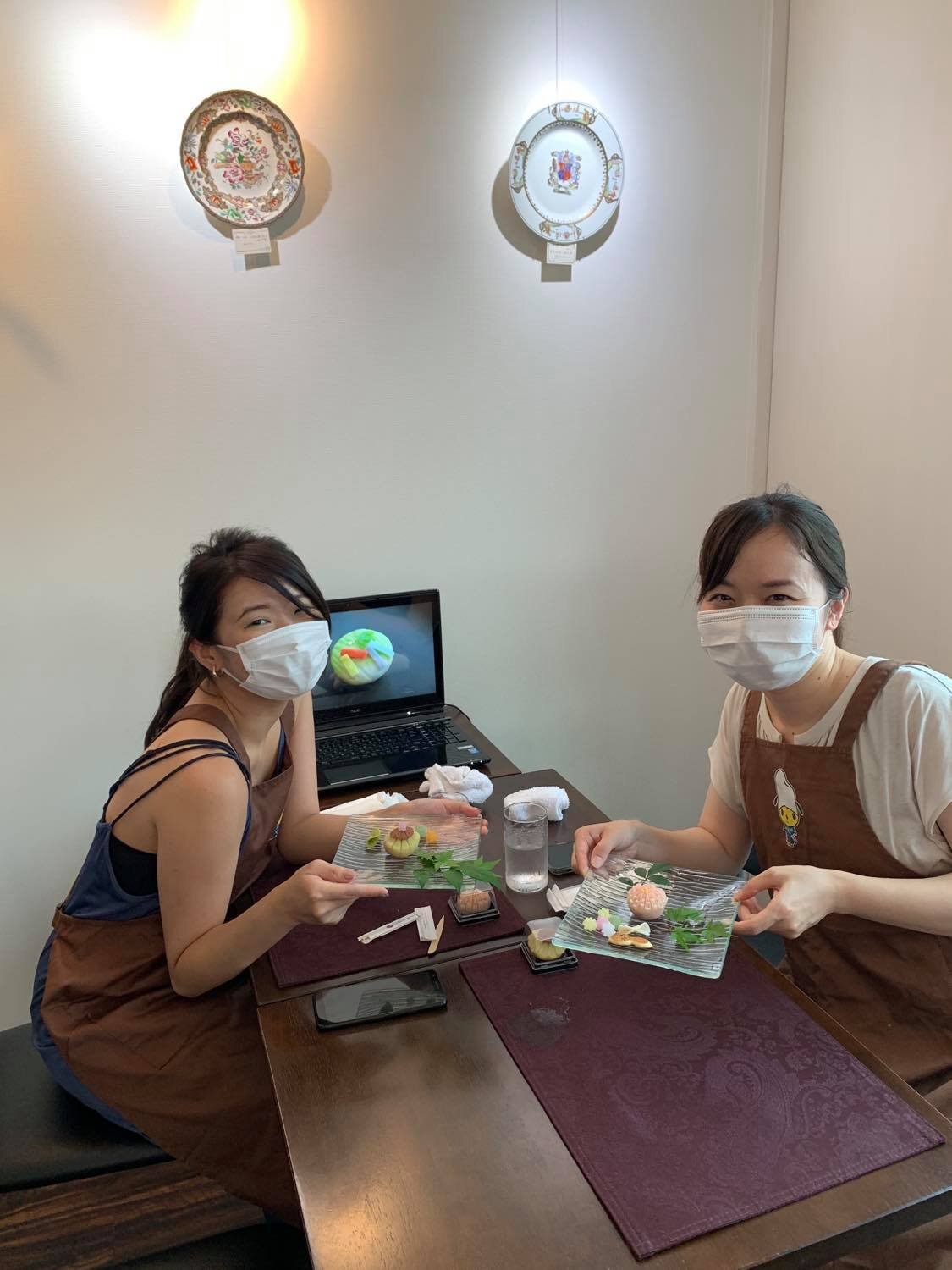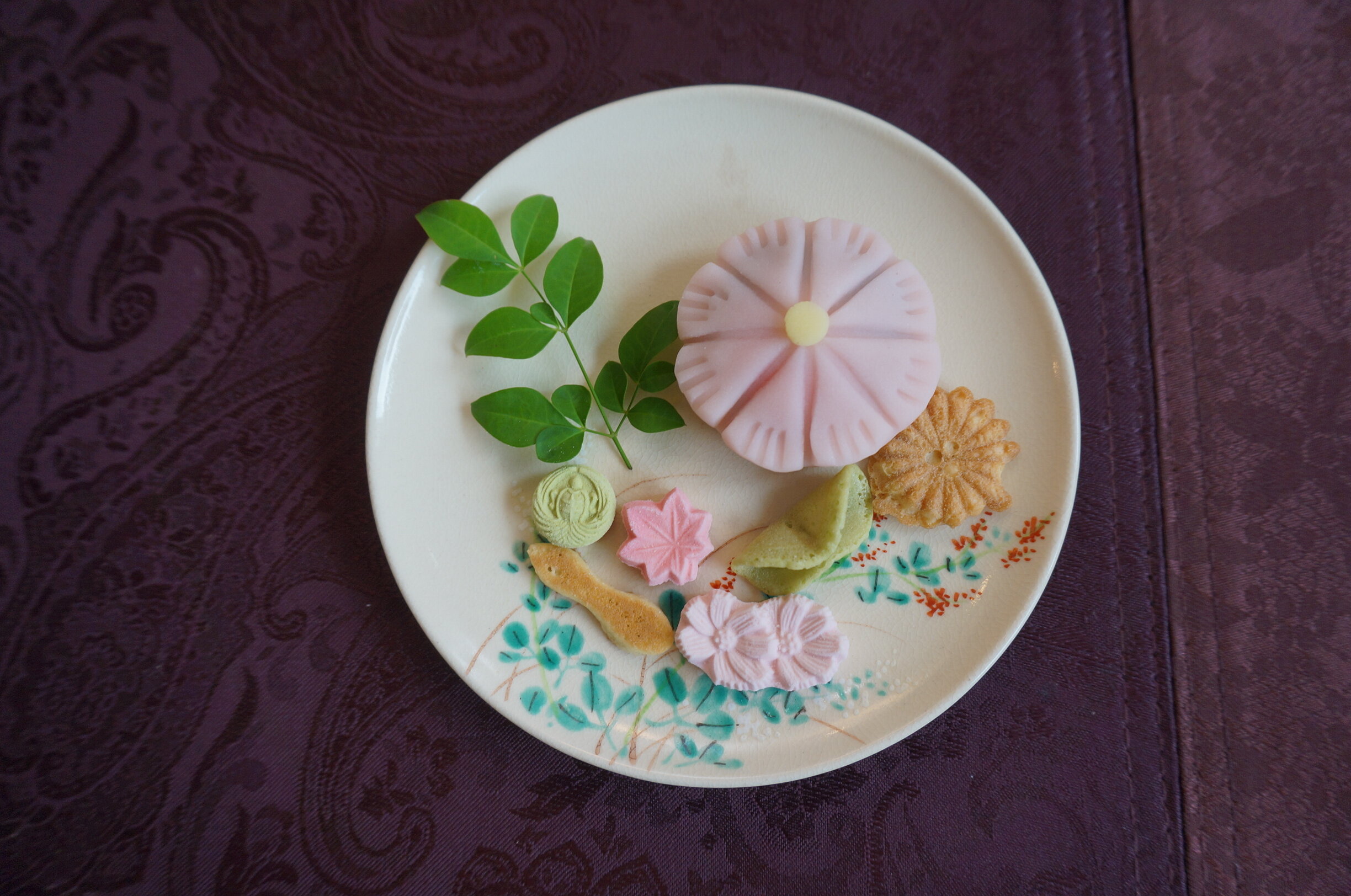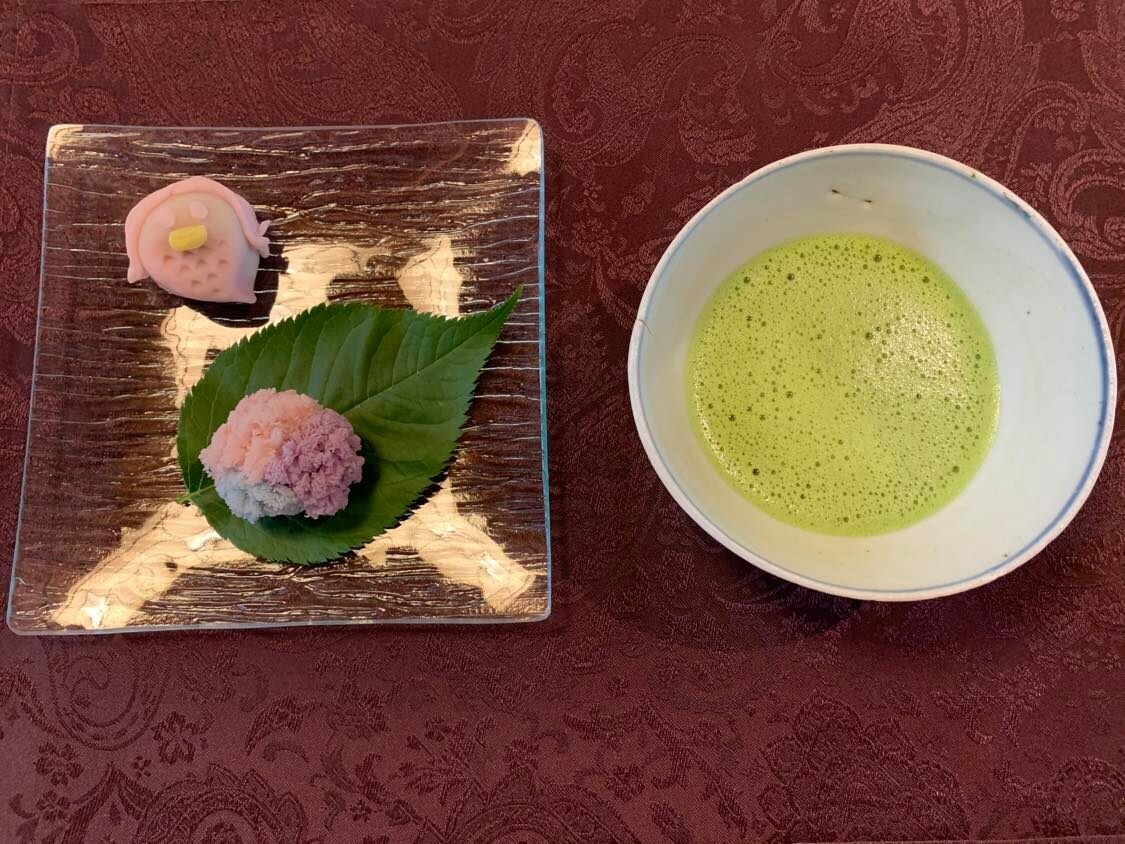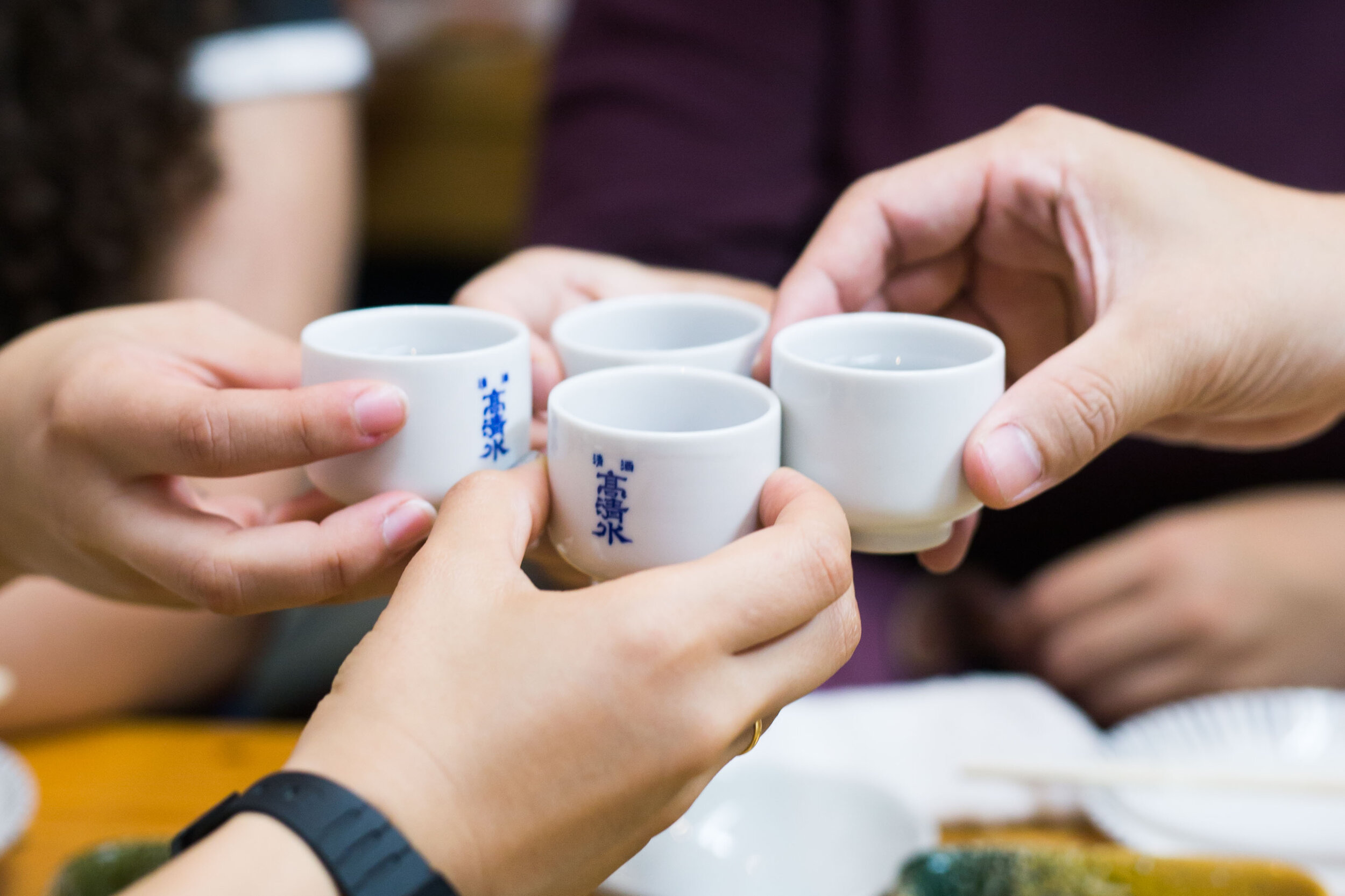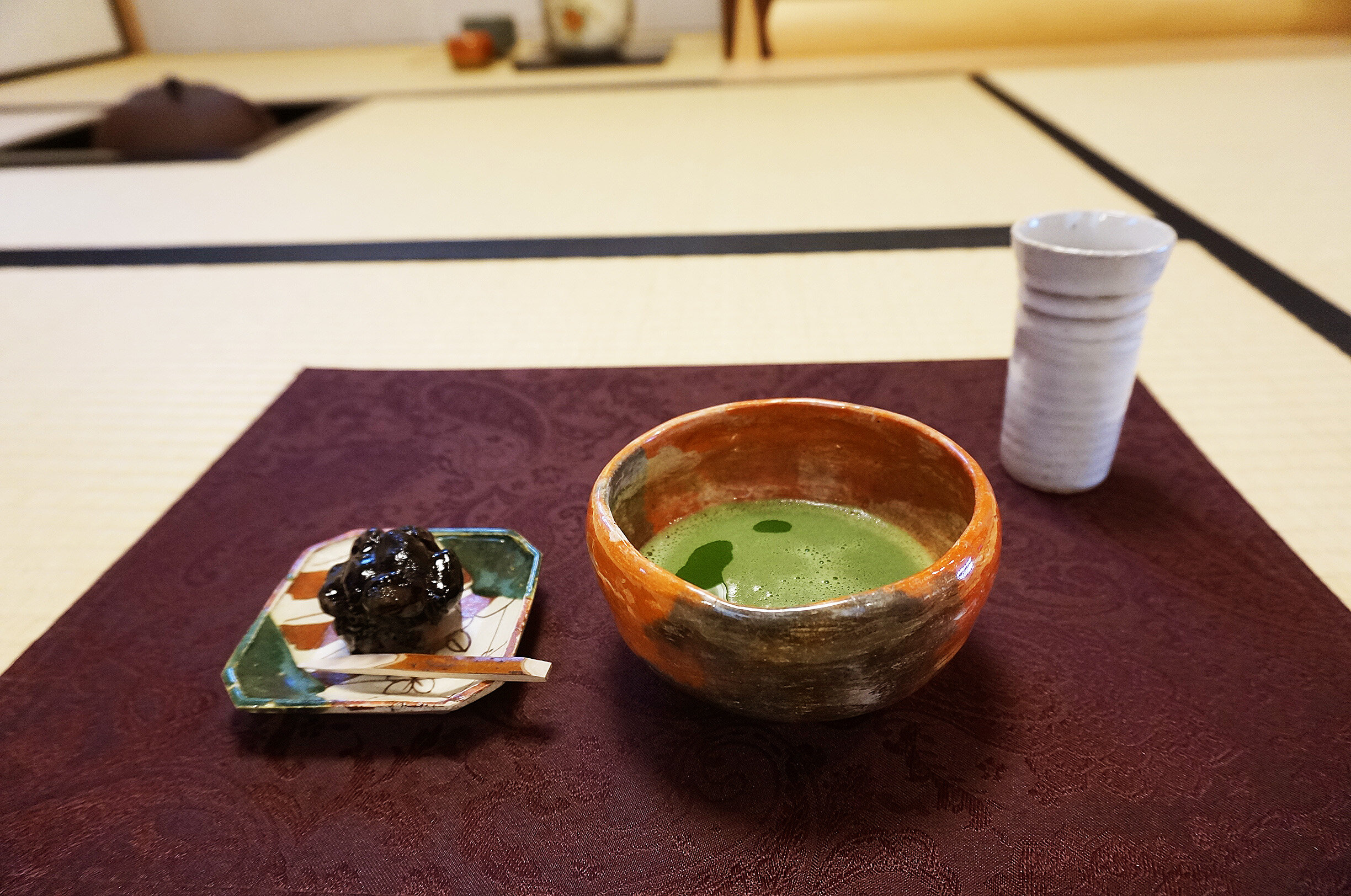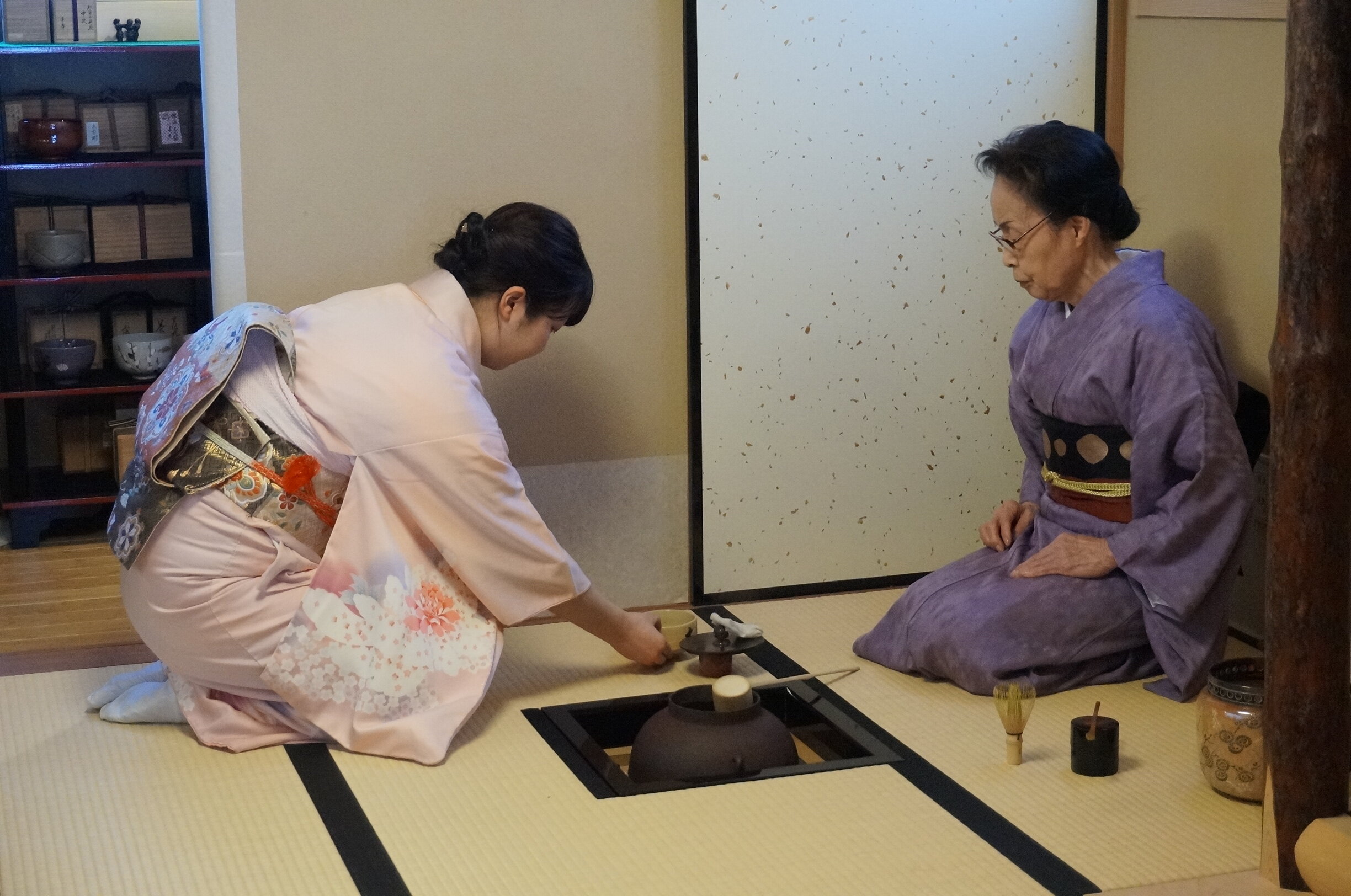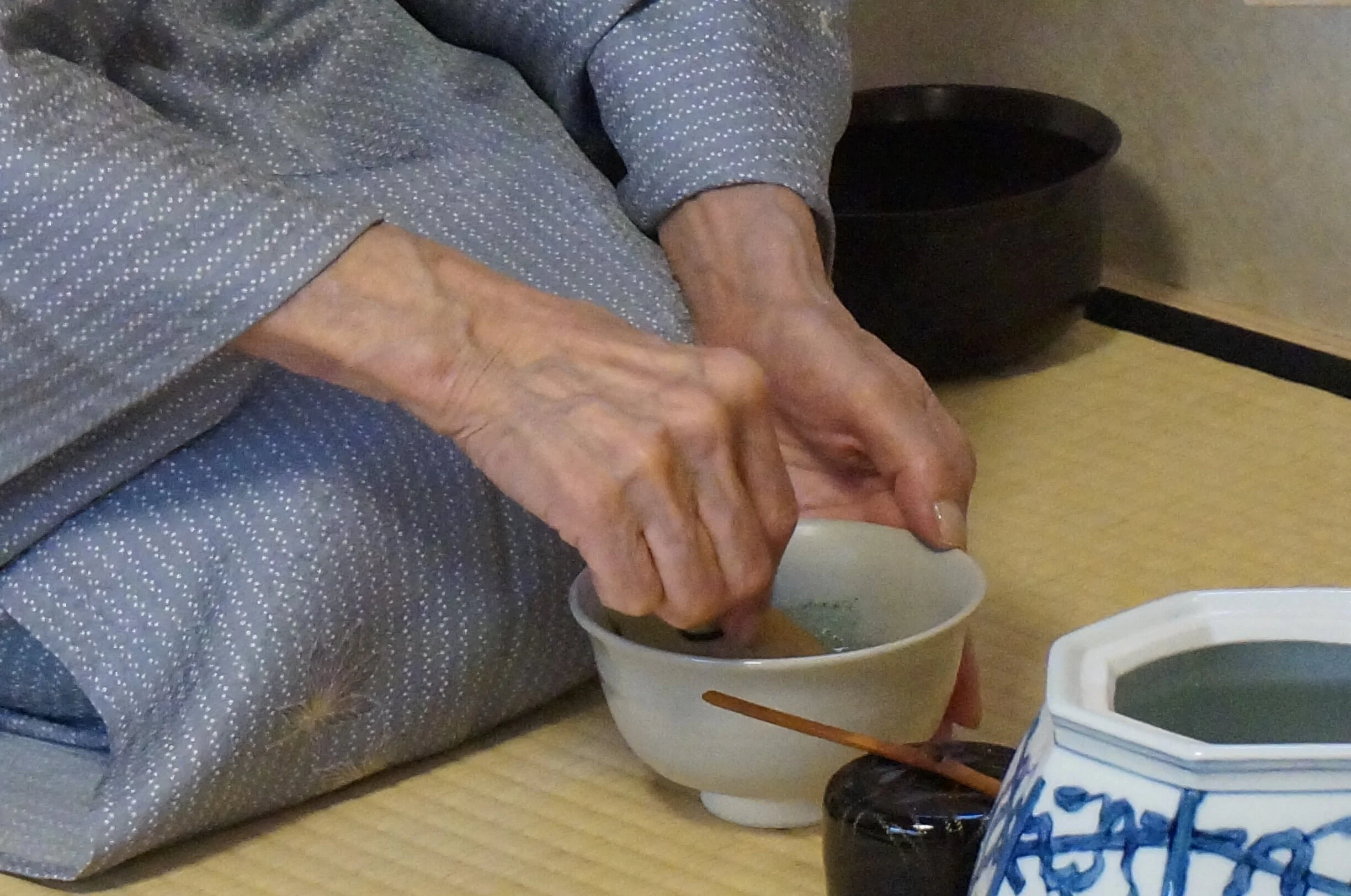The JR lines or the Japan Railways offers a Japan Rail Pass that foreigners can claim to ease travel throughout Japan. It can be used on any JR Lines (The pass can only be used on JR Lines only. This includes bullet trains. Cannot be used for Tokyo Metro and other private lines such as Tokyu) throughout the country making it a very popular pass to get for foreigners. They offer two passes: one is a green car pass and the other is a standard pass. The green car pass gives you access to all JR Line AND to the green cars on JR Lines which are comfier and more spacious cars. The standard pass does not include the green cars. The passes have three different options of purchase - 7 days, 14 days or 21 days.
Who’s eligible for the Japan Rail Pass?
The pass is only available to foreigners who are visiting Japan (special exceptions for Japanese nationals who reside abroad). The foreigner must be a visiting tourist from abroad for sight-seeing under the entry status of “temporary visitor”. The Japanese immigration law states that visitors can stay in Japan for 15 or up to 90 days for sight-seeing. Upon entry into Japan, you MUST get this stamped on your passport to be eligible for the pass. *If you go through customs through the automated machine, you will not get a stamp. Please go through a manned station or ask where you receive the stamp.
Ways to purchase
Purchase pass on reservation website. Pick up the pass at a JR office found at the airport or at major JR stations.
Purchase an exchange order at a JR-designated sales office or agent overseas. Pick up at designated offices after arriving in Japan
Purchase at a ticket office in Japan. Check offices available here
*Note: Bring your passport when purchasing and picking up your pass. You need to show your visitor stamp that you received at customs.
Pricing and options
IF PURCHASED AT A TICKET OFFICE OR ONLINE
7 day Green Car JR Pass: 44,810 YEN for adult, 22,400 YEN for children
14 day Green Car JR Pass: 72,310 YEN for adult, 36,150 YEN for children
21 day Green Car JR Pass: 91,670 YEN for adult, 45,830 YEN for children
7 day ordinary JR pass: 33,610 YEN for adult, 16,800 YEN for children
14 day ordinary JR pass: 52,960 YEN for adult, 26,480 YEN for children
21 day ordinary JR pass: 66,200 YEN for adult, 33,100 YEN for children
IF PURCHASED AN EXCHANGE ORDER AT DESIGNATED OFFICES OR OVERSEAS TRAVEL AGENT
7 day Green Car JR Pass: 39,600 YEN for adult, 19,800 YEN for children
14 day Green Car JR Pass: 64,120 YEN for adult, 32,060 YEN for children
21 day Green Car JR Pass: 83,390 YEN for adult, 41,690 YEN for children
7 day ordinary JR pass: 29,650 YEN for adult, 14,820 YEN for children
14 day ordinary JR pass: 47,250 YEN for adult, 23,620 YEN for children
21 day ordinary JR pass: 60,450 YEN for adult, 30,220 YEN for children
The Japan Rail Pass is worth it if:
You are on a short trip (7-10 days) and moving quickly through cities
You are visiting many places and travelling long distances. For example if you are moving through major cities such as Tokyo, Kyoto, Osaka and Hiroshima with round trip, you would be getting your moneys worth.
You are not on a backpackers budget. There are overnight buses that are much cheaper, but take MUCH longer for backpackers.
These cases would be easier to have the pass. Make sure to purchase the pass AHEAD OF TIME. More info about the passes here.
The Japan Rail Pass might NOT be worth it if:
You are backpacking or have a lot of time in Japan. The JR pass must be used consecutive days from when you pick up the pass.
Your only destinations is one region of Japan. For example only the Kanto area (Tokyo, Fuji, Yokohama) or the Kansai area (Kyoto, Osaka, Hiroshima, Nara). Regional passes like the Mt. Fuji pass, Kansai thru pass or Hakone pass are cheaper and give transit access.
We find that if you are exploring Japan more thoroughly and with time, it’s easier and cheaper to alternate between buses, train tickets and using regional passes.
Overall
If your circumstances are unique you can always use the JR pass calculator to see if your trip is worth more or less than the pass here. Depending on your trip, it could be well worth purchasing the JR purchase. Make sure to check out the https://japanrailpass.net/en/ website for full information on purchasing your JR pass.













